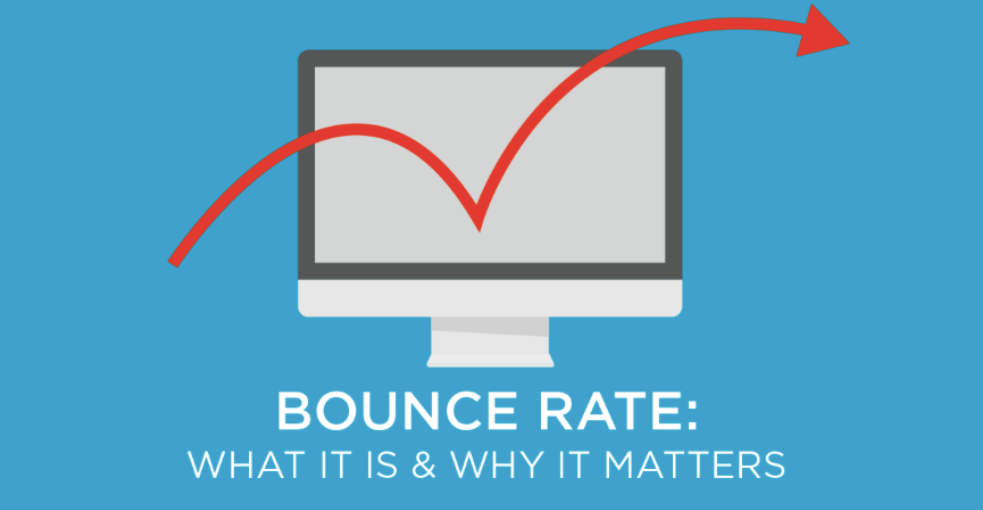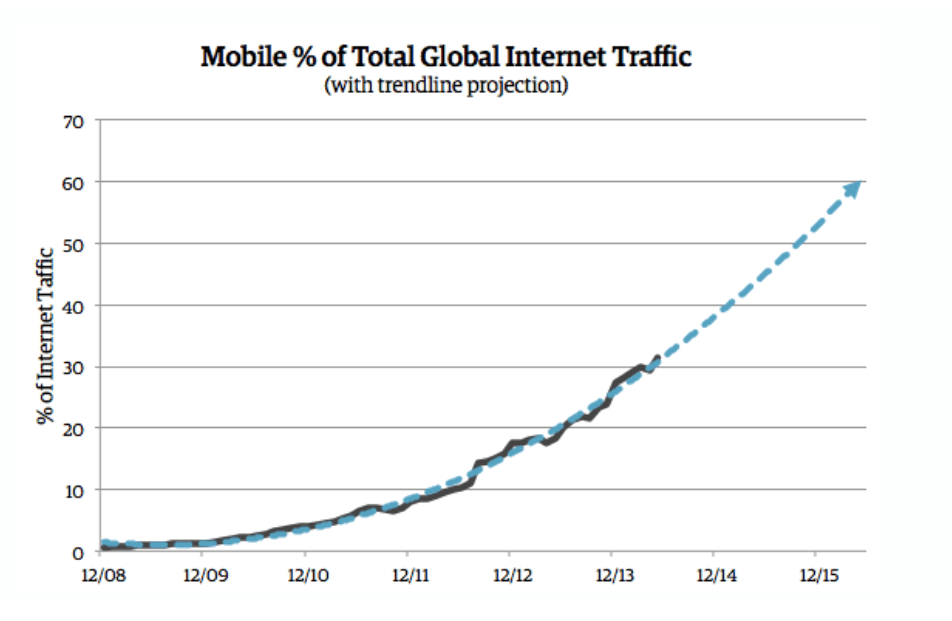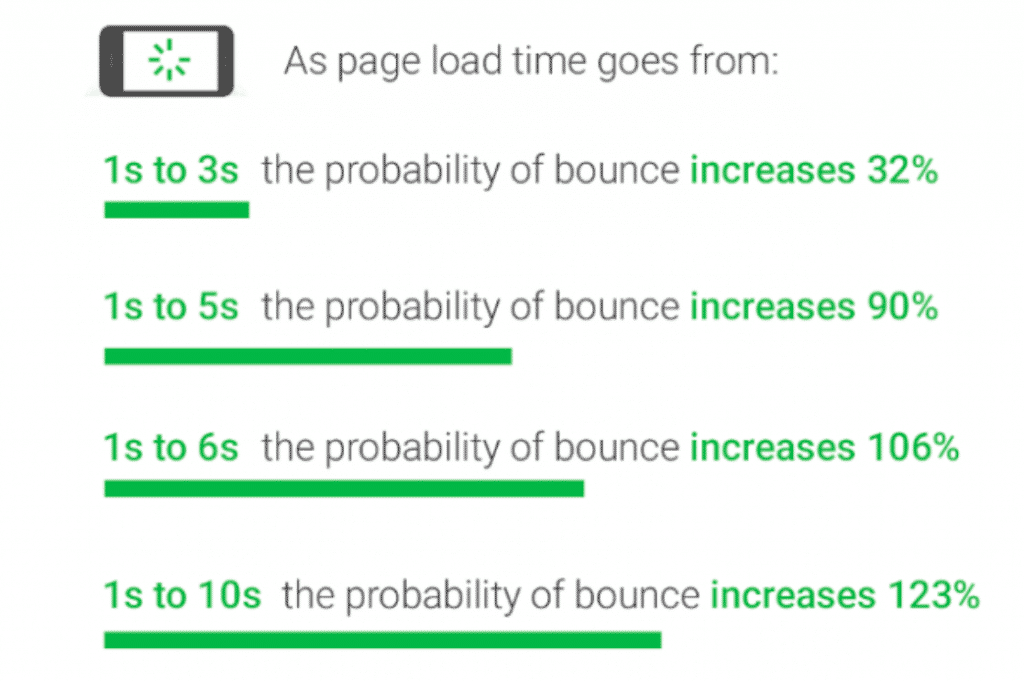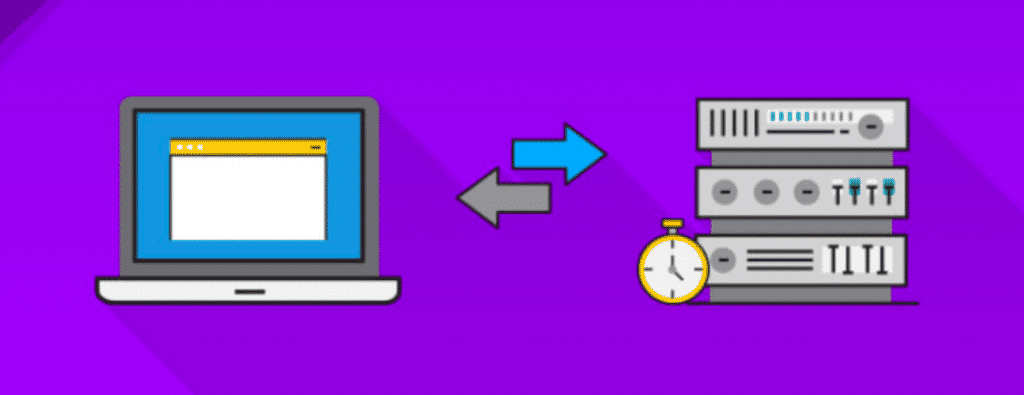Page Speed and Bounce Rate: Don’t Let Them To Live the Page!
Bounce rate means that users come to your website somehow but leave it extremely quickly. Well, it sounds a little sad. By attracting users to your website and increasing your traffic rate, you thought you solved this issue. But it doesn’t stop there, is it?
Getting a strong traffic rate for your website is important to you. But what exactly do users on your site do?
We seem to hear you say, “Hey, I can’t control things that much!”

But you can with Screpy.
The Screpy team will explain the bounce rate concept in great detail today. If you’re ready, we’ll examine what exactly bounce rate is and how the concept of page speed can affect bounce rates. Soon, your website’s destiny will be changed!
Start your 7-day free trial! No credit card required.
Exploring Visitor Behavior: UX and Page Speed
The performance of your website closely affects how the user experiences from the moment they click on your site. One of the most important indicators of performance is speed. Imagine a user scrolling through your site, browsing through category pages on your site, or reading content. In the meantime, the loading delays, dysfunctional buttons appear or the response to the request for interactive actions takes a very long time, which means that the user cannot get what he or she wants.
So, what exactly do the user who cannot get what they want?
- According to researches, users expect the websites they click to open within the first two seconds. Indeed, high-performance websites load during this time. After the first three seconds, 40 percent of users prefer to close the website: So they don’t expect it to load anymore and give up this experience.
- The situation is not limited to this. About eighty-five of the users who experience the same experience on mobile devices think that the loading speed on mobile devices should be even faster. Think about that: while there are dozens of applications in the mobile world, it is more difficult for these users to wait for a single site to load. This is very important information considering that the mobile device connection rates of many websites have increased. Etsy, for example, receives 50 percent of its traffic directly from mobile devices. For Groupon, this rate is 45 percent.

- Another study says that about seventy-five percent of e-commerce site users do not complete their shopping on a site that is slowing down.
- A similar study highlights that the vast majority of users who experience such a situation have reduced their site visits over time.
So, in order to understand visitor behavior in the context of page speed, it is necessary to ask the following question: What exactly are these users doing then?
The answer is simple: After entering your website, they leave it in a short time and cause the bounce rate to increase. In short, the performance you provide to your users through page speed directly affects the bounce rate, which closely affects SEO.
Here is the potential bounce rate for different page speed performances:

Time to Bounce Rate: Why Are They Leaving Your Website?
There are many ways to reduce the bounce rate. While some of these are related to page speed, some of them are directly related to the design you provide. Of course, content marketing also comes into play at this point –but we will talk about these later. Let’s start with the part about page speed.
Optimize the Server Delays
You need to reduce server delays. A user sends a request to the app server via a browser to access your website. The faster this request is answered, the faster your page will start loading. Server response time is expected to be less than 200ms. If the following situations cause problems with your server, the delay time increases several times, and the bounce rate increases as the UX decreases:

- Technical problems that need to be optimized in your database,
- Unnecessary fields in the source code of your database
- Loading process that puts the user on hold due to slow network connection
- Hardware resources not providing high enough performance (especially when it comes to CPU and RAM)
Review CSS, HTML, and Javascript Files
Could files with very large sizes negatively affect your page speed? Remember, users, waiting for these files to be uploaded will give up over time and the bounce rate will increase. If you do not want to experience this, you must first ensure that your files are compressed. Hey, it is recommended not to use gzip files in image files. But use various tools for compression functions in other files and make sure each file is less than 150 bytes.
Let’s Move to the Images
The visual quality of your website is very important for the user experience. Okay, we are not in favor of lowering this quality. But if possible, try to reduce the image size so that it doesn’t reduce the quality too much. Remember: when a browser loads a web page it actually loads a large number of bytes. The lower the ratio of these bytes per item, the sooner it becomes possible to load more items and optimize the speed index of the website. Well, that minimizes the bounce rate too.
Hey! Especially for mobile devices, you need to be careful. Because images can be even slower during the loading process of mobile devices.
So what can you do about it?

- You can choose JPEG as the format.
- You can use tools like TinyPNG to upload your images in compression.
- You can use the CDN to slightly distribute the workforce needed by the content when loading it.
Bounce Rate, Page Speed and SEO: The Digital Triangle of Life
We realized that the bounce rate is affected by page speed via UX, right? Super!
But what does all this relate to SEO?
Let’s explain right away.
The fact that a user leaves your website immediately after entering it is an important message for Google that you have had a failed experience.
The same user leaving your website immediately and going to your competitor site producing a similar type of content is an even more powerful message to Google. It means you don’t give users what they are looking for, and they have to find another site.
But why does Google care about bounce rate?
Bounce rate also reduces the experience that the search engine offers to its users, causing users to search ongoing. The search engine, on the other hand, wants to give the user exactly what they are looking for: high-performing sites with low bounce rates. Therefore, they may choose to show these sites higher in the relevant keywords in the SERP (where all other conditions are equal).
Hey, we know the relationship between bounce rate, page speed, and SEO right now. You can use Screpy to tracking your website’s score in terms of its performance and page speed. Take full control of it and reduce the bounce rate as much as you can.
Test Your Website Performance!
You can quickly analyze your site in a minute
